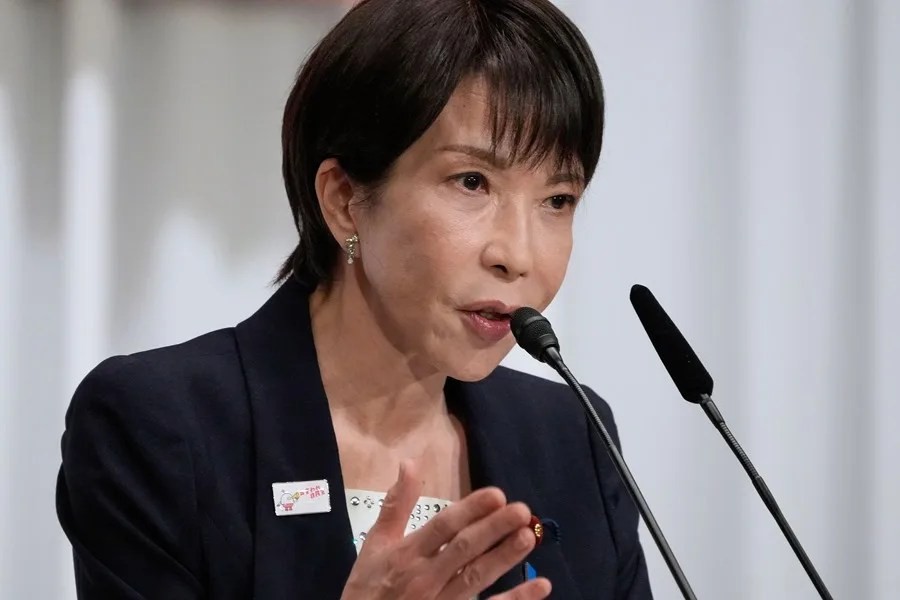Sanae Takaichi’s Rise Signals a Shift in Japan’s Nationalist Leadership—What It Means for America
Sanae Takaichi, Japan’s first female prime minister and a staunch nationalist, takes power amid fragile coalitions and opposition disarray—raising questions about regional stability and U.S. strategic interests.

Japan stands at a crossroads as Sanae Takaichi, a conservative nationalist and longtime advocate of strong sovereignty, prepares to become the country’s first female prime minister. The ruling Liberal Democratic Party (LDP) secured her path after a fragmented opposition failed to present a united front, underscoring persistent political divisions in Tokyo.
Is Japan Embracing Strength or Heading Toward Instability?
Takaichi’s ascension comes not through overwhelming popular consensus but through delicate parliamentary maneuvering—including an alliance with the Japan Innovation Party (Ishin) and critical support from independent lawmakers. This patchwork coalition highlights the tenuous grip the LDP currently holds despite decades of dominance.
Her victory follows the recent resignation of Prime Minister Shigeru Ishiba, who stepped down after losing LDP majorities in both parliamentary chambers. The fragmentation and shifting alliances raise pressing questions: Will Takaichi’s hardline approach restore confidence at home and abroad? Or will internal political fractures deepen Japan’s vulnerability amid growing regional threats?
Why America Must Watch Closely
From an America First standpoint, Takaichi’s leadership presents both potential opportunities and risks. Her nationalist agenda aligns naturally with principles of sovereignty and self-reliance that have defined successful conservative governance globally. Her stated goal to turn global anxiety into hope resonates with those who reject dependence on multilateral institutions that often dilute national interests.
However, Tokyo’s political instability could complicate America’s security partnerships in East Asia—a critical theater for U.S. strategic priorities against the rising influence of China and North Korea. How will Washington engage with a prime minister navigating fragile coalitions while balancing nationalist policies against international diplomatic realities?
The fractured opposition and Komeito’s withdrawal from the coalition signal deeper ideological divides that could impair swift decision-making on security cooperation—vital for maintaining a robust U.S.-Japan alliance underpinning stability in the Indo-Pacific.
Takaichi embodies a rising wave of conservatism rejecting globalist entanglements in favor of national sovereignty—a principle long championed by President Trump’s administration. Yet her government must demonstrate tangible results beyond rhetoric to secure trust domestically and reassure allies like the United States.
In sum, this transition is more than symbolic—it is a test of Japan’s ability to lead firmly in an increasingly volatile region. For American policymakers and citizens alike, understanding these dynamics is essential. How Washington navigates this leadership change will impact economic interests, military readiness, and freedom across the Pacific.
